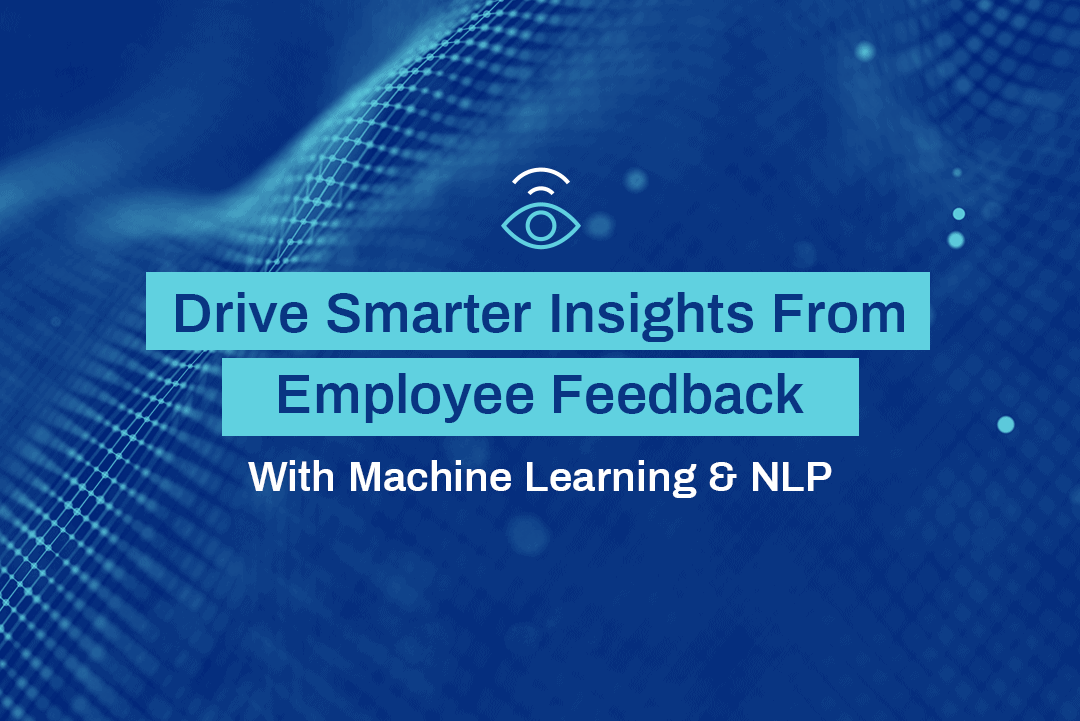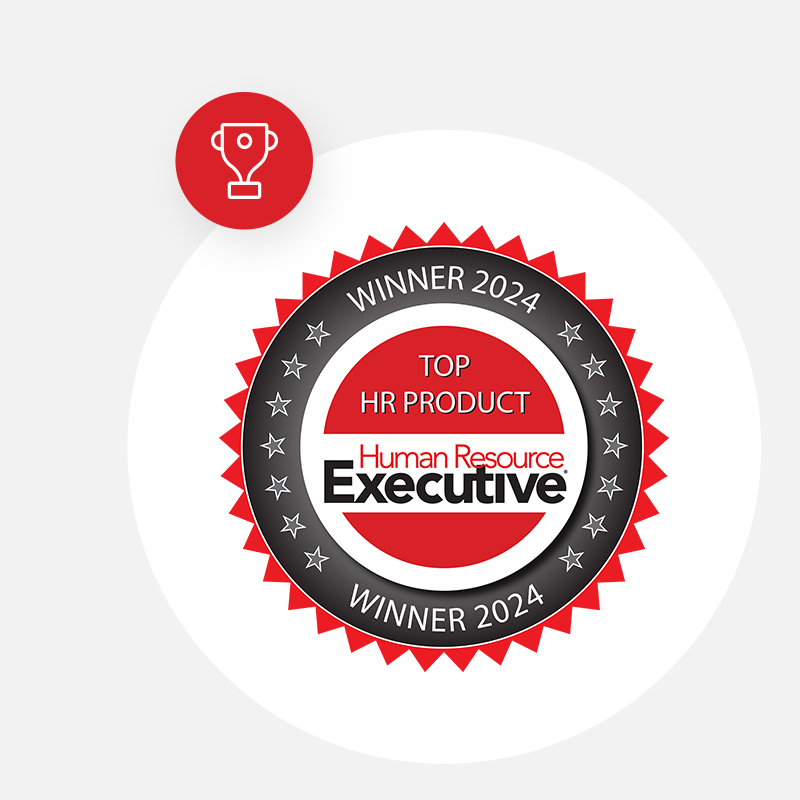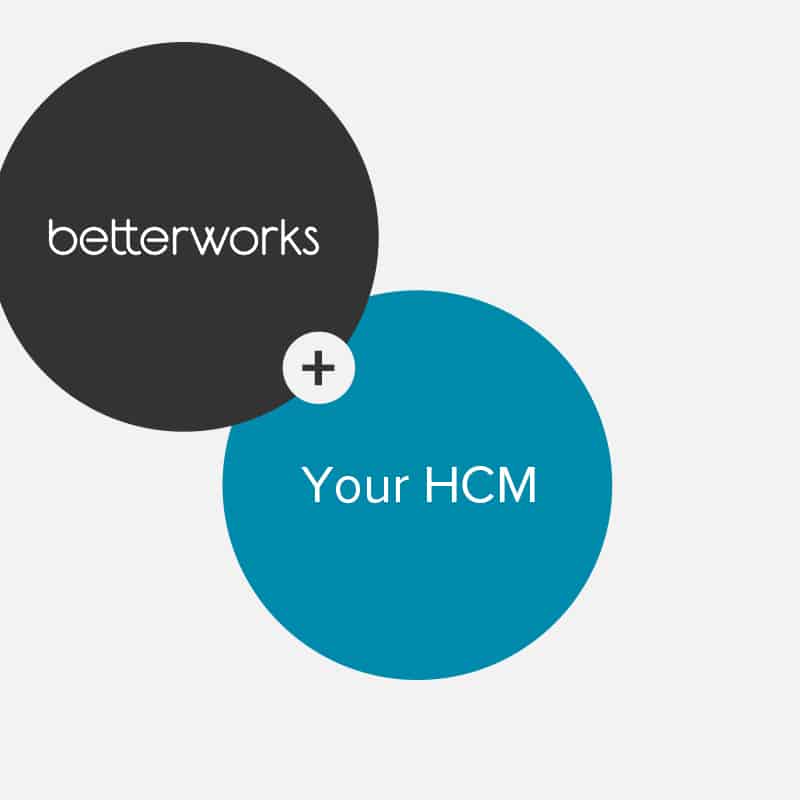Most organizations understand the importance of a satisfying employee experience. It drives positive engagement, fosters a robust culture, and directly correlates with revenue and growth. The issue for many enterprises, however, isn’t so much a willingness to embrace new technologies and processes that improve employee engagement, but how to go about it in the first place.

Technology plays a critical role in this area, particularly with the actionable insights gleaned from data analytics and the nuanced information revealed by AI subsets like machine learning and natural language processing (NLP). As employers look for ways to implement more accurate, timely, and insightful feedback initiatives to improve engagement, these technologies are becoming increasingly essential to HR departments and decision-makers. Therefore, understanding how data analytics, machine learning, and NLP can identify, extract, and analyze subtleties within employee feedback is important in developing systems as dynamic and flexible as the workforce and marketplace themselves.
identify, extract, and analyze subtleties within employee feedback
Data Analytics Transforms Data Into Insight
Big data might be impressive in its own right, but all of that information does little good if organizations can’t extract insights from it. Data analytics provides that ability, allowing organizations to efficiently distill that information into informed conclusions through automated processes that eliminate the constant need for human intervention.
For HR departments that have traditionally struggled to keep pace with the sheer volume of employee feedback, data analytics can streamline the entire process to create new levels of efficiency.
In the past, organizations typically depended on quarterly or even annual reviews as the basis for their employee feedback. This was primarily out of necessity, however, as HR departments lacked the resources to quickly sort through the volumes of resulting feedback. Insights inevitably slipped through the cracks during a prolonged and inefficient process, creating feedback and people analytics that were incomplete, inaccurate and, thanks to the lengthy processing time, outdated by the time they reached the decision-makers.
Data analytics eliminates that latency between collection and analysis, allowing organizations to quickly collect, analyze, and interpret feedback without delays that can skew the results. Given the dynamic nature of the modern marketplace, enterprises that can improve the speed and accuracy in their people-related decision-making without sacrificing impact are the ones that stand to gain the most from their feedback systems.
NLP and Machine Learning Read Between the Lines
Emotion frequently drives employee thoughts and opinions, meaning many of the insights are often nuanced and subtle. Older feedback systems relied on tools like hand-coded keywords and other simplistic measures that couldn’t capture those nuances within employee feedback.
Natural language processing is a subset of AI technology that eliminates those barriers between feedback and in-depth, far-reaching insights. In short, NLP lets enterprises quickly and accurately decipher the subtleties in human language. It allows HR and leadership to read between the lines and quantify inherently qualitative data, transforming emotion and other intricacies into actionable insights.

Although the applications for machine learning, another AI subset, seem to increase by the day, the technology is currently used to enhance the effectiveness of NLP in employee feedback systems. By applying machine learning models, NLP becomes faster, more precise, and efficient, improving with continued use. Working in conjunction with each other, machine learning makes NLP better at deciphering emotion, vagueness, and the many other intricate aspects of human language that older feedback systems could not identify, much less interpret.
This ability lets HR, management, and leadership instantly turn qualitative data into quantitative, information. Combining NLP’s perceptiveness with the speed and accuracy of machine learning can quickly transform a multitude of open-ended responses into sentiment data, allowing an organization to drill down into the highs and lows.
This is a revolutionary concept for feedback strategies, no longer limited by Likert scale-type questions, or even questions at all. HR and management can take unprompted feedback directly from employees at all times, having absolute confidence that the technologies will quickly analyze the feedback for sentiment to better understand where employees need help.
Using Data Analytics, Machine Learning & NLP In a Feedback Strategy
While data analytics or the combination of NLP and machine learning can reinvent an organization’s feedback strategy on their own, it’s the fusion of the three that is truly transformative. HR can leverage these automated efficiencies and new levels of insight for the benefit of the entire organization, using technology to free up valuable time.
To put the impact of these technologies in context, a midsized, fast-growing manufacturer might have traditionally relied on annual surveys as the primary source for their employee feedback. This infrequent feedback was, once again, driven by necessity as they lacked the resources to collect and analyze their people data on a more regular basis.
Since their older feedback model relied on labor-intensive, time-consuming collection and analysis systems, they never had an up-to-date pulse on employee satisfaction levels. By implementing data analyticsNLP, and machine learning technologies in their feedback systems, however, the manufacturer can maintain a real-time understanding of the questions and concerns within their employee base. That expanded perspective helps ensure both their growth and workforce are on solid footing as they strategize for the future.
Data analytics allows the manufacturer to conduct quarterly surveys as well as more frequent polls and surveys, automating the data collection and analysis without straining an already busy HR department.
Furthermore, by utilizing NLP and machine learning, the organization can identify and interpret emotion and linguistic subtleties that older feedback systems would have missed, masked by the complexities of human language. For instance, when an organization uses NLP with open-ended feedback to analyze sentiment data in near real-time, they can quickly flag issues and pain points to address before they grow in scope and severity.

Management can also take that sentiment analysis — identifying, extracting, and interpreting data to assess attitude and emotion — into their decision-making process to better inform their policies and procedures in the face of rapid growth. As we’ve seen, periods of hypergrowth pose both opportunities and risks, capable of eroding engagement and culture if leadership lacks an accurate and timely pulse on the workforce.
Between data analytics, NLP, and machine learning, the organization maintains the agility needed to pivot and make dynamic decisions within a dynamic environment, making their growth a point of strength and opportunity rather than a potential weakness or threat.
Leadership Buy-In
Although some organizations are quick to embrace innovations like data analytics, NLP, and machine learning, others get dragged kicking and screaming into a more streamlined and insightful future, if ever at all. Getting the critical buy-in from an enterprise’s leadership isn’t always easy but, as is often the case with new technology, a results-oriented approach that clearly spells out the potential benefits goes a long way in convincing key decision-makers.
attrition alone costs the average organization up to 50% of a lower-level employee’s salary, 150% of a manager’s, and 400% for an executive’s
Attrition and poor organizational culture are universally corrosive to productivity, profitability, and morale. In fact, attrition alone costs the average organization up to 50% of a lower-level employee’s salary, 150% of a manager’s, and 400% for an executive’s. The accompanying ramp-up times further impede productivity, making attrition a costly and enduring hurdle.
However, exit surveys have revealed that an estimated 75% of the factors driving attrition are avoidable. A comprehensive feedback platform that includes exit surveys, as well as feedback from other stages of the employee experience, allows employers to better understand pain points and quickly address them.
As a result, employees will be more satisfied and engaged, eliminating those avoidable factors driving attrition. Feedback that’s quicker and smarter due to data analytics and AI gives HR and decision-makers the people analytics they need to make these timely, impactful choices, assuming the data itself is authentic and relevant.
Those critical abilities can help organizations create a more satisfying employee experience that, as long as they take action on the feedback, can help lower attrition and improve culture through a more engaged workforce. With data analytics, NLP, and machine learning propelling the insights gathered from consistent feedback, management will always have an accurate pulse on their workforce to guide their decisions and chart an effective course for the entire organization.










